In late 2008, Phonak decided to branch out a new product line called Audéo Perfect Fit Earphone (PFE) targeting the ever growing IEM market. Though the original PFE (v0) was quite a hit in many places, problem struck as some users started to complain about build quality issues to the early batches. To address the problem, Phonak took the old PFE back to drawing board and reformulated it to a new PFE (v1) with improved build quality and materials. As the new version has been sold in the market for several months now, this is perhaps the perfect time to give it a review.


SPEC
Driver: Single balanced armature
Sensitivity: 107 dB @ 1 mW
Impedance: 32 Ohm @ 1 kHz
Frequency range: 5 Hz – 17 kHz
Cable: Y-cord, 110cm
Connector: 3.5 mm gold-plated straight mini plug
PFE 12x comes with iPhone / iPod compatible microphone.
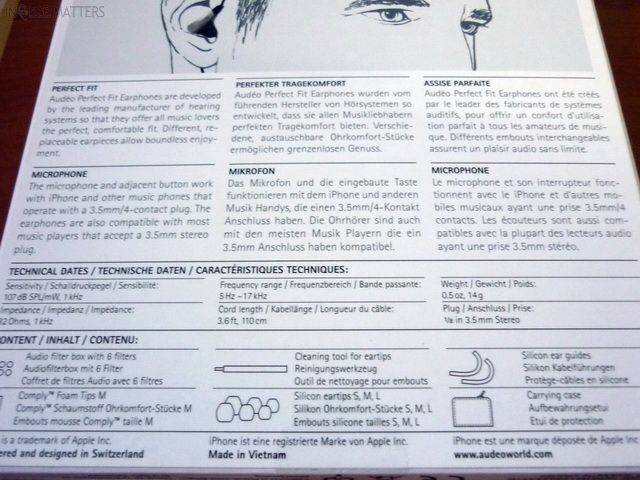
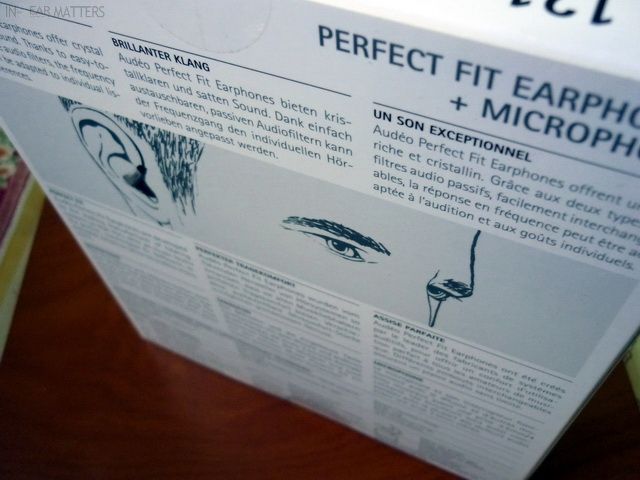
Packaging, Build Quality and Accessories
PFE comes with a packaging that can be described as the great blend of elegant and simplicity. Though taking the earpieces and the mic out requires the removal and undoing of some paper pieces, everything else is very much plain in sight in their own compartment.
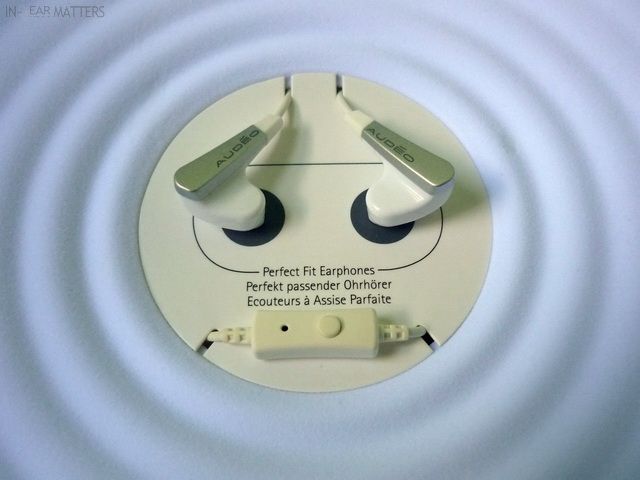
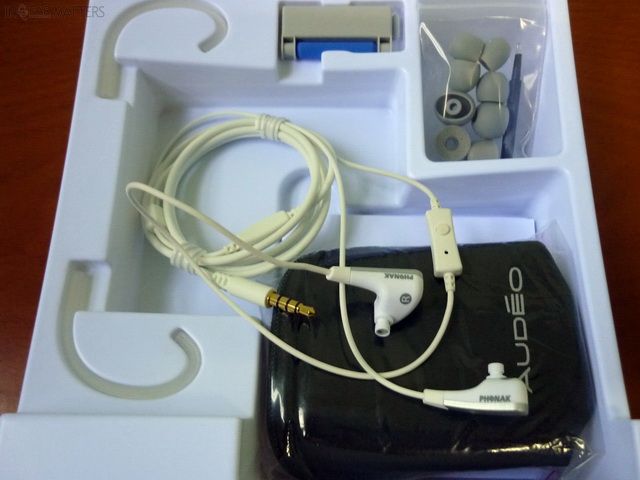
Now before we go into the build quality, you should know there are 4 version of PFE, each with its own model number. The 111 is a pure IEM, mic-less version with white color, 112 is the black version of 111, 121 is the mic-supported white version while 122 is mic-supported black version. As far as sound quality is concerned, all four should sound the same. The iPhone / iPod compatible mic is about 8 inches down from the right earpiece with a single button. The PFE 111 and 112 are retailed around $140 while PFE 121 and 122 is around $160.
So let’s talk about build quality. Bad news first: for those early batches (v0), there are mainly two problems: First is that some of the plastic earpiece develops hairline crack after a while. In severe cases, the plastic might even crack a hole on the edge where two part of the earpieces meet. Second is the hardening of the cable after they exposed to sweat. This mainly happens on the section where the cable comes out from the earpiece and loops back over the ear. This is similar to the problem on very early batch (pre-2008) of Shure SE530 where the plastic agent on the cable reacts to certain kind of chemical in the sweat and harden up. The early sign of these problems in the v0 batch showed up as soon as the first 5 months after the IEM was released back in 2008. Now comes the good news: After Phonak realized the problem, they began to reformulate their manufacturing procedure as well as the the materials. The improved PFE, known as the v1 batch, hit the market around June to September 2009 to replace the original PFE v0.

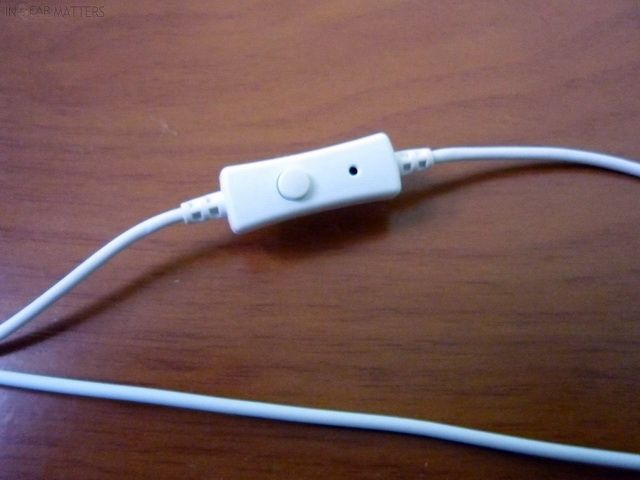
So how can you tell which batch belows to v1? The simplest way is to look at the bottom of the PFE's box where the bar code stick is. It should read 'Audéo PFE 1xx ... V1' if it belongs to the newer v1 batch. You should also find the manufacturing date there as well. If you have lost the box and uncertain about which batch your PFE belongs to, a simple visual inspection is required. To better deal with stress on the joins, there are a few more strain relief on the Y-splitter and as well on the mic (if applied). You can take a look in the pictures of the v1 posted here and compared it to your PFE. If you have a v0 batch, don't worry. PFE does come with a lengthy 2 years warranty and Phonak will replace any PFE with cracked earpiece or cable under warranty as long as you have the receipt. As far as the PFE v1 build quality is concerned, I think it is safe to assume that Phonak has fixed the problems since there is little to none complain about build quality regarding PFE v1 for over half a year since v1 was released.
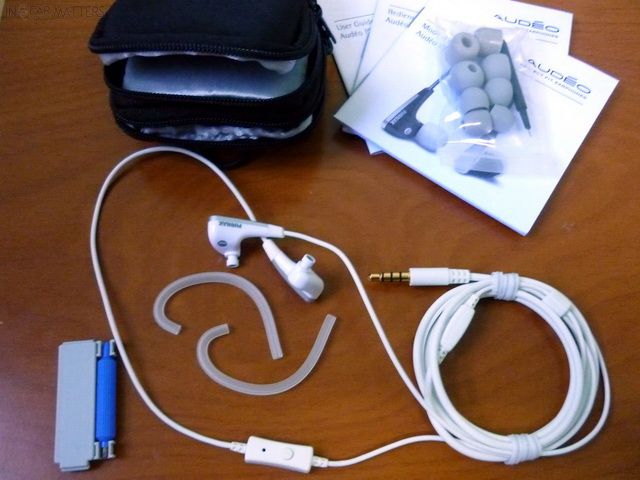
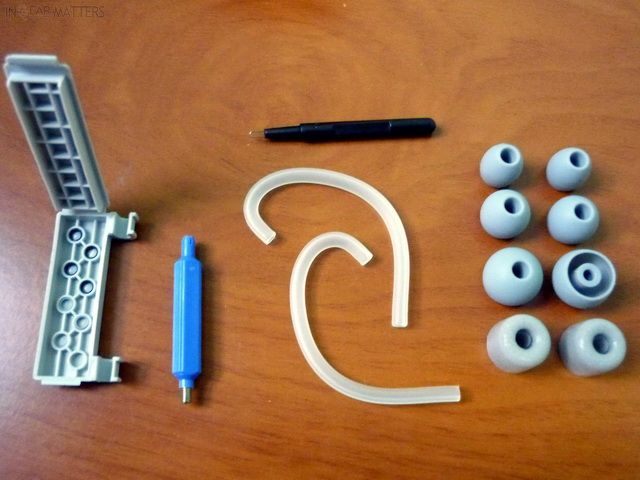
Accessories wise, PFE doesn't come short of anything. There are the three different sized single flange, a pair of Comply foam tip, the earwax cleaning stick with a metal loop at the end, a small hard plastic case with 6 spare filters and filter exchanging tool, a pair silicone ear guide, and a two compartmented soft pouch.
The filters serve two purposes on PFE. Like any filter, they stop earwax from getting inside the earpiece. More importantly, they also provide the acoustic impedance to tune the sound. In the case with PFE, two kinds of filter, grey and black, are provided (and replaceable). We will discuss their effect in detail on the sound quality section.
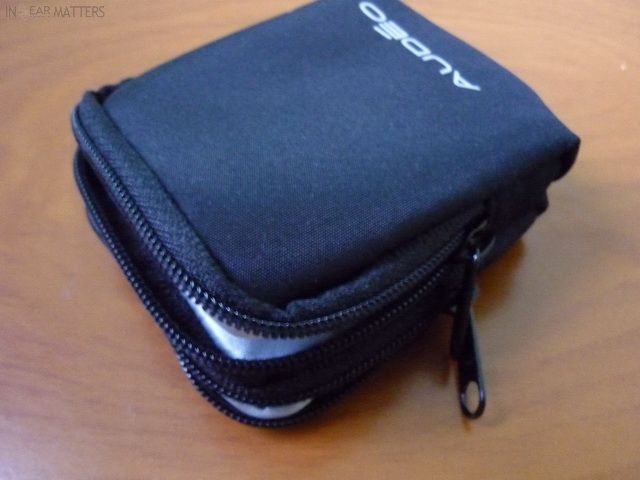

A pair of silicone ear guide is a pretty standard inclusion in many IEM package these day. One thing that worth noting is that it is PFE that began the trend back in 2008, and PFE ear guide is still better made than many other ear guide I have seen so far. Since PFE is meant to be worn over the ear, microphonics is very low. The cable itself is pretty much tangle and memory-effect free. You can coil it up for days and it will just return to straight. The overall design of the earpiece and the silicone ear guide make PFE a great fit in my ears, worthy of the name 'Perfect Fit' in every sense. In fact, most of the times I don't even notice it in the ear.
You might also want to know that PFE shares similar nozzle design as JAYS, so exchanging eartips is not a problem though I do find the stock more than adequate and have no complain about them. Isolation is about average with the stock silicone, but you can improve it by using the supplied Comply foam tips.
The zipped, two compartments soft pouch is also a really good idea. It is not crash-proof, but you can store the IEM, plus spare eartips and the filter box in a separated space. I must say, Phonak's accessories are simply top-notch, nothing lesser (and perhaps better) even compared to some of the most expensive universal IEM out there. Overall I am quite happy with what I have seen.

Sound Quality
Let's talk about the filters first. In total you will get 4 pairs, two grey and two black. Since one pair of the grey filters has already been pre-installed on the IEM, there are only 3 pairs of filters left in the filter case (two blacks and one grays). The grey filter is the brighter of the two variations, giving better detail and more peaks / forwardness on the vocal region. The black filter is the smoother, warmer, and more laid-back of the two. While I won't say the black filter gives more bass quantitatively, the warmness it carries add better body and depth to the bass and in a lesser extent, to the mid. The lesser / smoother treble of the black filter also tunes down the detail centric aspect of the IEM and make the overall sound more musical.
The overall sound signature of PFE with grey filter is balanced, toward neutral yet analytical, clean and great in resolution. Treble is very well extended, highly detail, sparkly yet not overdone. Mid is decent with a slight forwardness but not to the level of being sweet. Bass has a good sense of speed, quality and low extension, but lean in quantity, body and depth. Soundstage is slightly above average with a good sense of airiness and instrument separation.
The overall sound signature of PFE with black filter is smooth, warm and musical. Treble is still fairly well extended, but sparkles without the edge in a smoother fashion. Mid is well bodied, sweet with good texture. Bass is not big, but has good speed and impact with decent body and depth. Soundstage is average.
By selecting the filters, PFE can switch between a more analytical sound and a more musical performance. With grey filter, PFE is able to compete with RE0 on treble presentation with PFE edging out on speed and separation while RE0 still holding the crown on overall detail. With black filter, PFE easily gives UM2 a run for its money by maintain a higher level of resolution though it is not nearly as hard hitting. In between the two kinds of filter, I think it is hard not to acknowledge that the single balanced armature based PFE is quite a performer.
Conclusion
With versatility in sound, improved build quality, generous 2 years warranty, great customer service and an amazingly high price/performance ratio, the new Phonak Audéo PFE v1 is a great IEM whether it is the mic or mic-less version. Recommended with a Sonic Diamond Award™.
A quick sum-up can be found here.






